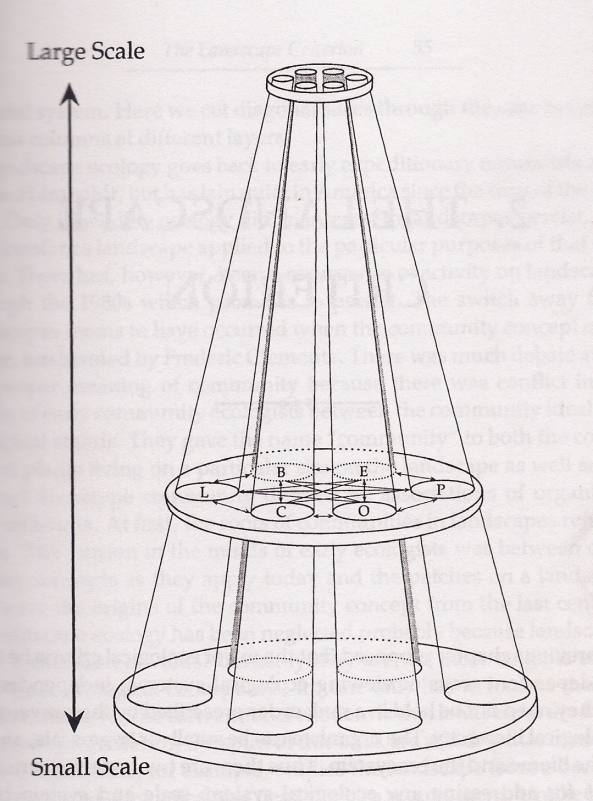Ecology datasets
These are my notes from a meeting that Kathryn and I had with a group of Ecologists at the ANU (primarily Luciana Porforio and Nasreen Khan). We asked them to discuss how they search for and use Ecology datasets, especially how to best package up the parts of an ecological field data collection (ie weather, vegetation, biodiversity, soils, topography etc).
Lu started off the discussion by stating that the most important thing to acknowledge is that every ecologist will start off with a main research question and then search for data that will address their specific research question. It is difficult to work from a ‘top-down’ perspective that hopes to pre-empt the range of possible questions. Lu felt that it may therefore be best to just keep all the data together in the biggest bundle that is possible and the end user can pick it apart once downloaded.
We explained that LTERN datasets can be quite expansive with many dimensions and it seemed preferable to at least untangle the main ‘themes’ for packaging up.
Nasreen pointed out that there is always a protocol for how data are collected and this should give the data collection it’s structure. However I felt that ecology collections are so diverse they have been made (by necessity) very flexible and specific to the needs of the individual plot network. Therefore generalisations across data collections are very hard to make (apart from easy things like “weather” or “aboveground dead biomass”).
Toward a Unified Ecology
I always fall back on the text book “Toward a Unified Ecology: Timothy F. H. Allen, Thomas W. Hoekstra 1992”. I wondered if it can guide us? On pages 42-53 they describe the following framework and use the image below (the letters in the middle disc correspond to the criteria ie O = Organism). In this framework it is possible to summarise ANY ecological study as they ALWAYS incorporate these scale-independent criteria:
- Organism: genetic integrity, discrete body, autonomy from other organisms
- Population: relative similarity within the group
- Community: inter-species competition, interference, mutualism
- Ecosystem: biotic and abiotic interactions
- Landscape: spatial structure/contiguity
- Biome: characteristic physiognomy, disturbance and climate
I thought that if these dimensions were identified in a data collection first then they might become the discrete packages by which each plot network publishes their collection?

Aekos
Over at AEKOS they have a similar conceptual framework
Observations can range from that of individual organisms and
interactions, through to populations, communities, ecosystems and
across broad global landscapes.
Conclusions
This is an open issue. More discussions are needed internally for the Data Custodians.
Lu also pointed out that the end users are the key stakeholders and perhaps more input from them (via surveys and workshops?) is needed?





